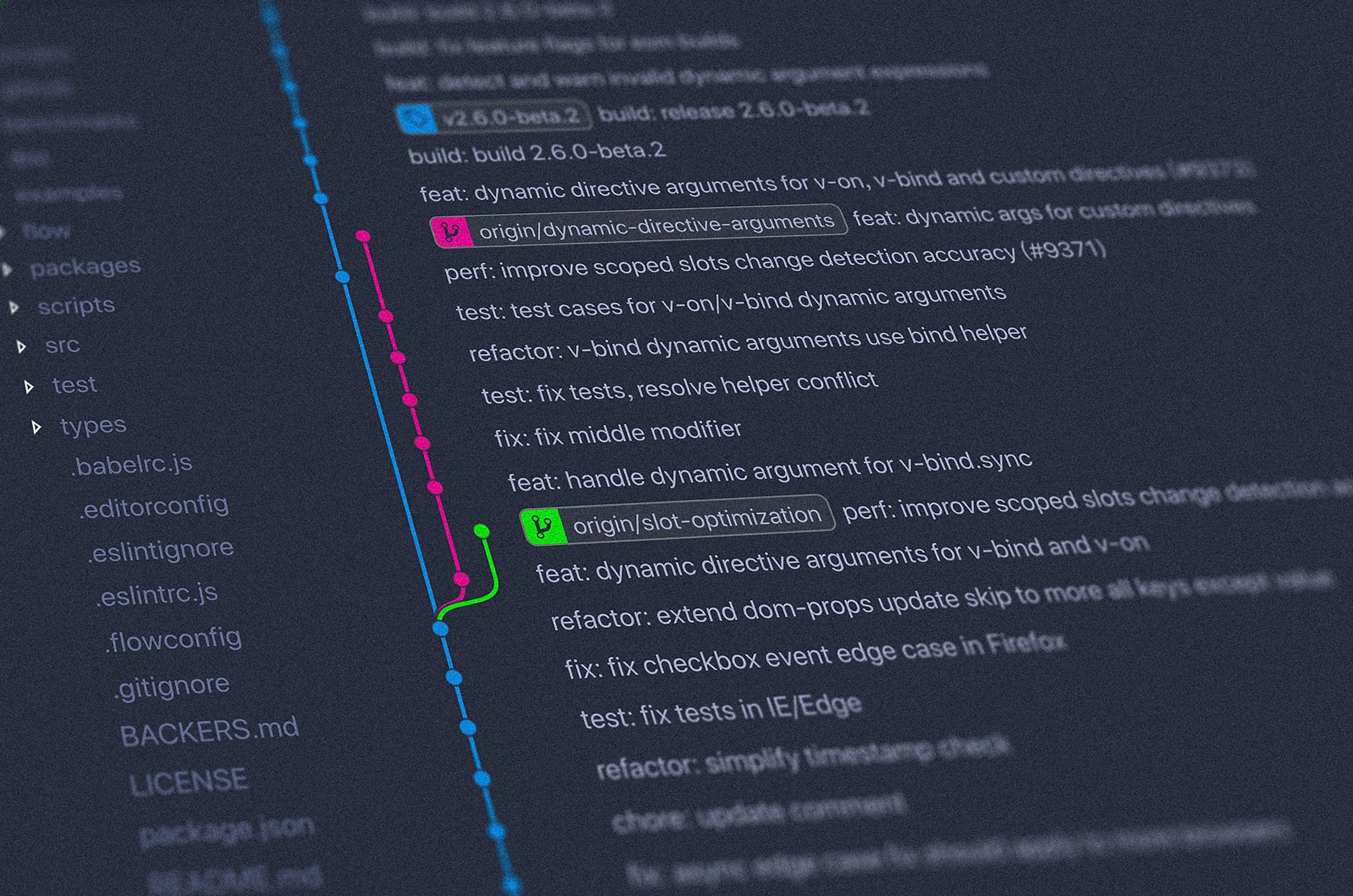Unlocking the Potential of Mobile Menu UX Patterns
In today’s digital age, where mobile devices dominate web traffic, creating a seamless user experience has never been more crucial. At the heart of this experience lies mobile menu UX patterns—the blueprint for how your mobile site communicates with its users. But what exactly are these patterns, and why are they essential? Let’s delve deeper.
Understanding Mobile Menu UX Patterns
Mobile menu UX patterns are design frameworks that dictate the layout and interaction of menus on mobile websites. These patterns are pivotal because they directly impact how users navigate and interact with web content on smaller screens. With limited space, every design choice impacts user satisfaction, making thoughtful UX design indispensable.
Why Mobile Menu UX Patterns Matter
- Enhanced Usability: Mobile menus that are intuitive reduce bounce rates and improve user retention.
- Consistent Flow: By maintaining design consistency, users experience an uninterrupted journey.
- Accessibility: Optimized designs ensure usability for a broader audience, including those with disabilities.
- Visual Appeal: A well-designed mobile menu can enhance the site’s aesthetic, increasing engagement.
Popular Mobile Menu UX Patterns
Below are some prevalent mobile menu UX patterns that have proven effective:
1. Hamburger Menu
- Pros: Space-efficient and familiar to users.
- Cons: Can hide essential navigation, reducing discoverability.
- When to Use: Best for sites with limited options or when prioritizing a clean, minimalist design.
2. Bottom Navigation Menu
- Pros: Keeps important actions accessible; ideal for thumb navigation.
- Cons: Limited to fewer items; not suitable for content-heavy sites.
- When to Use: Perfect for apps like Instagram or YouTube, where core functions need constant accessibility.
3. Nested Dropdowns
- Pros: Excellent for sites with complex hierarchies.
- Cons: Can become cumbersome if overused.
- When to Use: Ideal for e-commerce sites or content-rich applications, like Amazon.
4. Tab Bar Menu
- Pros: Clearly displays navigation options at the screen’s top.
- Cons: Limited real estate; not ideal for multiple categories.
- When to Use: Best for apps needing quick access, like banking apps.
Optimizing Mobile Menu Patterns
To harness mobile menus’ power, it’s essential to integrate semantic keywords within your content naturally. This not only improves search engine optimization (SEO) but also enhances the user journey:
- Prioritize Content: Place the most accessed items prominently within the menu.
- Minimize Steps: Aim for a streamlined experience by reducing the number of clicks needed to complete tasks.
- Responsive Design: Ensure menus adapt seamlessly across different devices.
- User Testing: Regular A/B testing can highlight navigation pain points and help refine menu design.
Real-World Success Stories
Numerous companies have effectively leveraged these menu patterns to bolster user satisfaction. A study by Adobe showed that 60% of users prefer sites where content is easily accessible within three clicks. As a result, many businesses, including major brands like Coca-Cola, have revamped their mobile menus to align with user expectations, showing significant improvements in user engagement.
Conclusion
Incorporating strategic mobile menu UX patterns is not just about keeping up with design trends—it’s about meeting user needs and expectations head-on. By understanding and implementing these patterns, businesses can craft more intuitive and engaging mobile experiences, ultimately driving higher user satisfaction and retention rates.
As mobile continues to reign supreme, ensuring your website’s navigation is optimized for smaller screens is crucial. Embrace these UX patterns and witness the transformation in your mobile user engagement.




